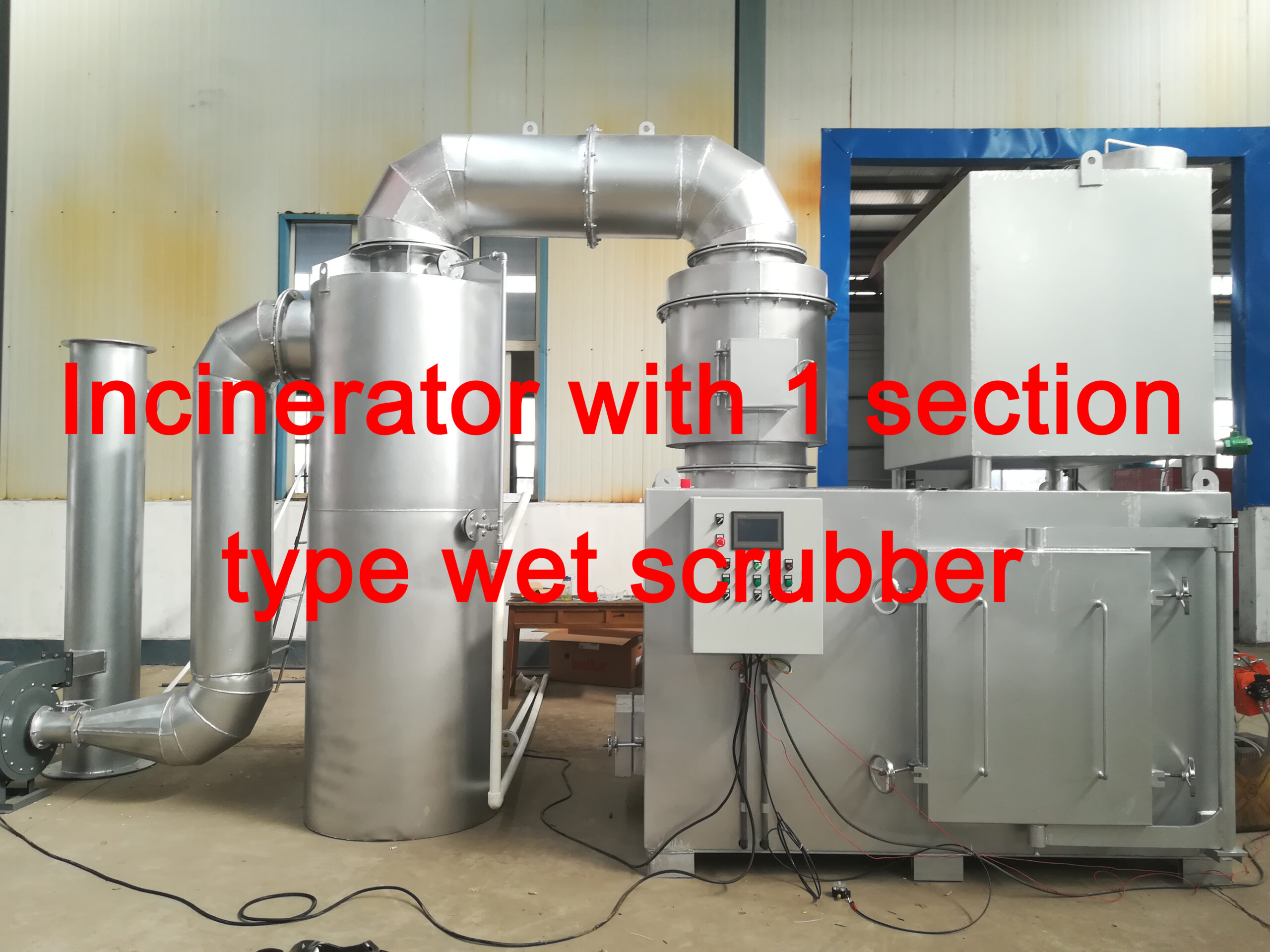Waste to Energy (WTE) is an innovative technology that is redefining the landscape of renewable energy production. This process involves converting waste materials into energy, such as electricity, heat, or fuel. By employing WTE, we can not only reduce our reliance on fossil fuels but also efficiently manage and dispose of waste, making it a sustainable and environmentally friendly approach to energy production.
The inner workings of waste to energy involve several steps that transform waste into a valuable energy resource. The first stage of the process involves the collection and sorting of waste materials. This includes separating recyclable materials, such as paper, plastics, and metals, from non-recyclable waste. The non-recyclable waste is then processed through various techniques, such as incineration, gasification, or anaerobic digestion, to generate energy.
Incineration is a widely used method in waste to energy facilities. It involves burning waste at high temperatures to produce heat, which is then used to generate steam. The steam is directed through turbines, which in turn produce electricity. This process not only reduces the volume of waste but also generates a significant amount of energy.
Gasification is another method used in waste to energy facilities, wherein waste materials are heated in a low-oxygen environment to produce a gas stream. This gas can be used to generate electricity or produce synthetic fuels like ethanol or biodiesel. Anaerobic digestion is a biological process that breaks down organic waste materials, such as food scraps and agricultural residues, to produce biogas, which can be used for electricity generation or as a fuel source.
One of the key advantages of waste to energy is its ability to reduce the amount of waste sent to landfills. Landfills are a major source of greenhouse gas emissions, primarily methane, which is produced as organic waste breaks down in anaerobic conditions. By diverting organic waste to waste to energy facilities, we can significantly reduce methane emissions and minimize the environmental impact of waste disposal.
Furthermore, waste to energy plays a crucial role in contributing to the circular economy. By extracting energy from waste materials, we can harness the potential of these resources rather than sending them to landfills. This creates a more sustainable approach to waste management and energy production, where resources are continuously reused and recycled.
In addition to its environmental benefits, waste to energy also offers economic advantages. It provides a reliable and consistent source of energy, which can help reduce our dependence on finite fossil fuels. Moreover, waste to energy facilities can create jobs and stimulate local economies, contributing to sustainable development.
As we continue to explore the potential of waste to energy, it is imperative to focus on advancements in technology and innovation. This includes improving the efficiency of energy conversion processes, optimizing waste sorting and collection systems, and enhancing environmental controls to minimize emissions and ensure the sustainability of waste to energy facilities.
In conclusion, exploring the inner workings of waste to energy reveals a promising and sustainable approach to renewable energy production. By redefining waste as a valuable resource for energy generation, we can mitigate the environmental impact of waste disposal, reduce our reliance on fossil fuels, and contribute to a more circular and sustainable economy. With ongoing research and development, waste to energy has the potential to play a significant role in shaping the future of renewable energy.



